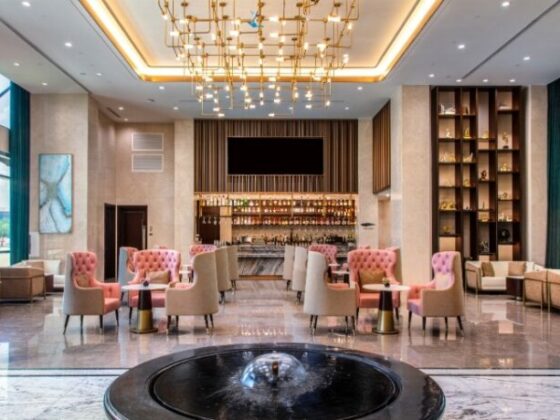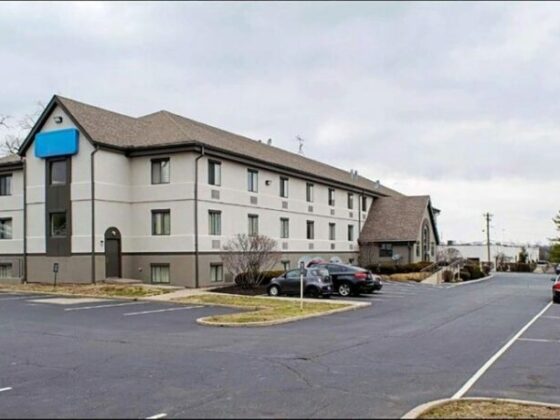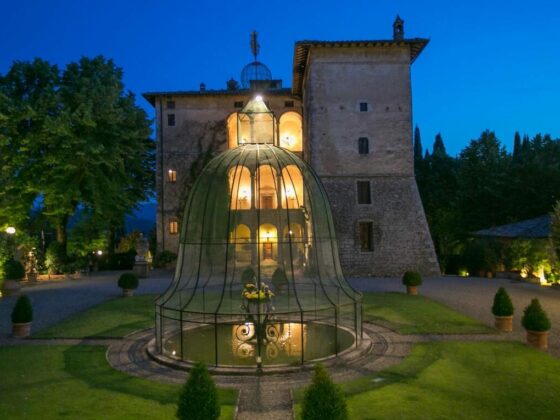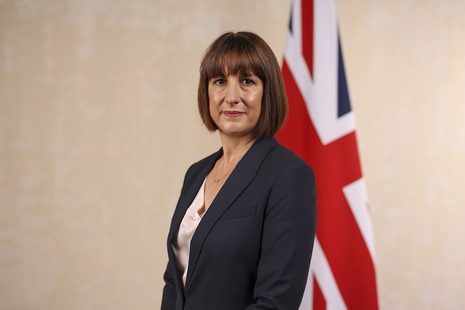
Over the last few years, the OTA sector (Booking, Expedia…) has become more and more consolidated leading to less and less competition. This underlying trend is inexorably leading to an increasingly dominant position of these players over hoteliers. The latter have less direct contact with their own customers because of these intermediaries and the lack of sharing of customer data by OTAs. Moreover, the arrival of players such as TripAdvisor and Google in the online booking sector will not improve this situation.
Hoteliers must now invest in the digitalisation of their business as a priority, at the risk of living on OTA infusions.
Thus, in order to restore this direct link with their guests, hoteliers need to create a privileged relationship with them through customer data.
Table of Contents
Know your strengths and weaknesses
Customer reviews have been collected by many comparison sites for years. This data is a veritable gold mine for hoteliers to set up a global audit of the service they provide. It is interesting to identify of course the weaknesses but also the strengths of the hotel. This work of identifying negative returns will make it possible to correct and improve the service provided. The prioritization of these optimizations can be based on the nature of the dissatisfaction and its frequency on the forums.
Similarly, identifying the hotel’s strengths will help cultivate these assets and better communicate them to guests.
Learn how to target each type of customer
First of all, one of the first difficulties that hoteliers encounter in order to maintain and cultivate the link with their clients is getting their email. This can indeed be a problem because OTAs do not communicate the email address to hoteliers. However, it is possible to obtain it from its customers through different methods.
With these email addresses, hoteliers will be able to communicate directly with their guests.
First of all, mass mailing is no longer an option today. Targeted communication is to be favoured. Indeed, personalized emails receive nearly 3 times more clicks and generate 6 times more sales than emails without personalization (source: Venture Beat study).
Through the data collected, hoteliers will be able to identify similar consumption behaviour among guests. From these behaviours, they will be able to set up e-mail campaigns specific to these consumer groups. They will be able to segment and automate the sending of emails to customers using a CRM (Customer Relationship Management) tool. Hoteliers will then be able to set up a real marketing campaign.
Implement a promotion policy
As introduced in a previous article, Revenue Management should no longer be seen as the preserve of large hotel groups.
Depending on the number of rooms still available and last minute cancellations, the hotelier can maximize his income by implementing promotional campaigns.
However, it is important to know who among the customers will be potentially interested in such last-minute offers. Here again, customer data plays a central role. Geography can be an excellent criterion for targeting customers who may be interested.
These multiple levers for improvement will help build customer relationships, generating long-term loyalty on their part. This dimension is decisive in order to ensure that guests book again live on the hotelier’s site and not on a platform.






